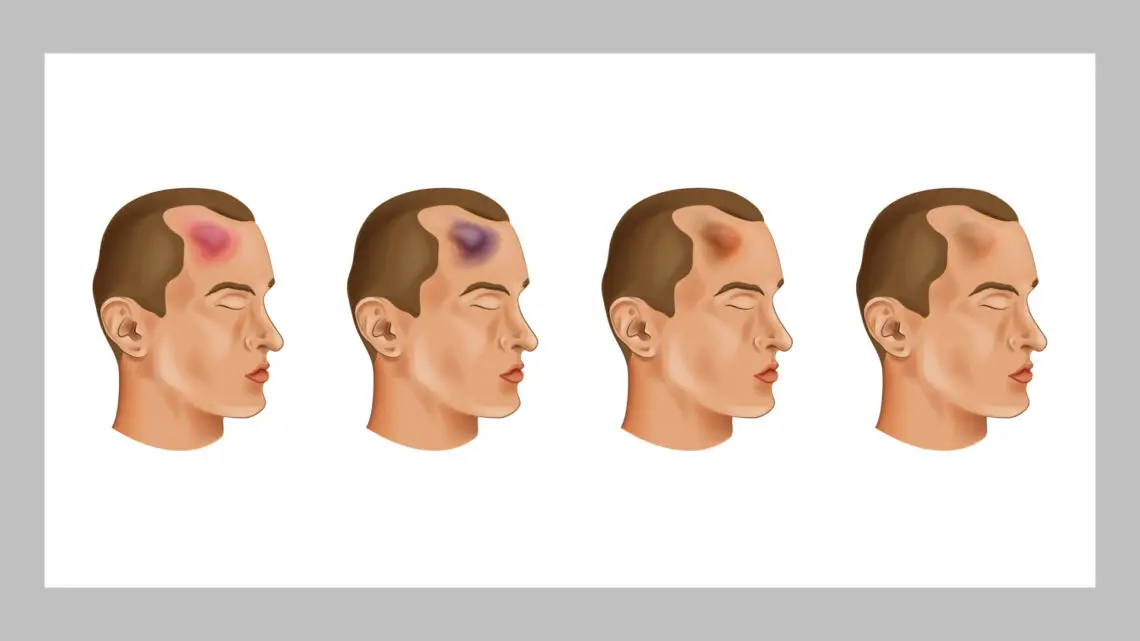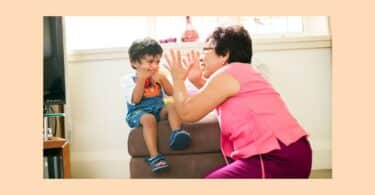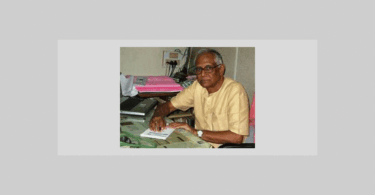The meaning of the word ‘synergy’ as given in the Cambridge dictionary is “the combined power of a group of things when they are working together which is greater than the total power achieved by each working separately“. Dr. Samuel Hahnemann, the founder of Homeopathy, was very open to the synergistic use of all the alternative systems, provided they are used judiciously. It is a sad thing that many of his own followers have a dogmatic and closed approach towards his writings. At one hand, Hahnemann was fighting to establish Homeopathy and on the other, he was not wary of suggesting the use of other alternative systems like naturopathy and animal magnetism (d 293-294) (which is similar to Reiki). He has also delved a lot on the naturopathic mode of living in context to the management of chronic diseases (d 259-263). This paper tries to expose Hahnemann’s varied approach and tries to build upon those ideas by focusing on two different methods for homeopathic prescribing viz. Classical Kentian approach focusing on mental symptoms and the Therapeutic approach.
In aphorism 211 of ‘Organon’, Samuel Hahnemann has written –
“This holds good to such an extent, that the state of the disposition of the patient chiefly determines the selection of the homeopathic remedy, as being a decidedly characteristic symptom which can least of all remain concealed from the accurately observing physician.”
It is necessary to note the words chosen by Hahnemann here. Instead of saying – “Symptoms of the patient chiefly determine the selection of the homeopathic remedy”, he said, ” the state of the disposition of the patient chiefly determines the selection of the homeopathic remedy”. Again in aphorism 212 he has said that all the medicines affect the state of disposition and mind. So we see that Dr. Hahnemann’s focus was on understanding the person who is ill. Every individual has a unique state. And every medicine produces a unique state too. But again symptoms are often common between many medicines. So how do we find the state of a person?
The leading homeopaths of all generations have stressed on the importance of mental and physical generals to understand the state of a medicine. But we need to go even beyond these to understand the person. We have to look at his innermost feelings, involuntary reactions and the reasons, which made him to react in a particular way.
But there is a larger question too. If we just prescribe on the mental state what do we do with more than 3000 homeopathic medicines, which are not well proved? We cannot limit ourselves to the use of 200 well-proved medicines. With the ever-changing environment and newer disease forms coming up, it is necessary that we use all the weapons in our arsenal properly. Even stalwarts like Kent used many rare and lesser-known drugs and through such clinical experiences we have been able to build our knowledge of smaller medicines a lot.
Kent himself knew that apart from mental symptoms, other symptoms have a role to play too. He knew that the use of smaller medicines in pathological cases is sometimes necessary. This can be verified by going through his case records, lesser writings, lectures on materia medica etc. I would also like to quote Garth Boericke from his work ‘A Compend of the Principals of Homeopathy’. Regarding the use of pathology he has written – “A knowledge of the pathology of disease is necessary to interpret the symptomatology obtained and prescribe the truly indicated remedy, and not one merely externally homeopathic. The true meaning of any symptom is reached not by considering it alone, but by viewing it in relation to all the rest, and thus placing it in proper relative position.”
Both the Kentian approach and the therapeutic approach can work in isolation and can give results. But often I have found that the medicine which covers the mentals well, is not found indicated in the pathology or the medicine which is well known for its organ affinity has hardly any mental symptoms to prescribe on. To over come this limitation or in other words to give prompt relief to the patient while working gradually on the person as a ‘whole’, I have experimented with the simultaneous use of organ specific remedies along with the medicine selected according to the totality. After seeing many thousand patients in such manner, I can say that the results I have experienced through the synergistic use of the two approaches have been better than the results obtained by using any one method in isolation.
In the same spirit, here I present some cases with well-established pathology, confirmed with laboratory findings. In all the cases presented here a medicine was selected based on the pathology or organ affinity. This medicine was given regularly in low potencies. The medicines given in higher potencies have been used intercurrently. The purpose of presenting this paper is to show that when used judiciously and cautiously both the approaches can help a patient. The case details have been provided in brief due to time constraints. The laboratory findings have been presented in date-wise order. All the cases presented here are cured cases or have shown marked improvement, verified by laboratory findings.
Case I
Mr. Bashrat, 30, M
Diagnosis – Hyperlipidemia
20/07/01 31/12/01
Total Lipids 810 mg/dl 510 mg/dl
Triglycerides 4200 mg/dl 128 mg/dl
Sr. Cholestrol 655 mg/dl 182 mg/dl
Free Cholestrol 220 mg/dl 62 mg/dl
VLDL Cholestrol 840 mg/dl 26 mg/dl
Medicine – Sepia 1M, Arjuna Q
In this case Arjuna mother tincture was prescribed due to its known action in this condition. Pain in left scapular region and liver region, worse by pressure was taken as the confirmatory symptom for Terminalia arjuna. Sepia was prescribed intermittently based on constitutional characteristics.
Case II
Mr. Vinod Jain, 38, M
Diagnosis – Hemangioma, left lobe, liver
22/02/02 – size = 7.4 * 7.0 cm
01/05/02 – size = 5.5 * 4.8 cm
30/08/02 – size = 0 (NAD)
Medicine – Natrum sulph 200, Cardus m. f
In this case the very large hemangioma diminished markedly with Cardus within a matter of few month, which was prescribed because of its marked action on left lobe of liver. Natrum sulph was given occassionaly based on the mental and physical generals.
Case III
Master Ritesh, 8, M
Diagnosis – Dystrophic Myopathy
11/3/01 01/11/01
Serum CK 12265 IU/L (normal value <180) 8115 IU/L
Medicine — Gelsemium 30, Lathyrus 6
Gelsemium was prescribed on the physical and mental generals here among which dullness of senses, thirstlessness, apathy, and anticipatory anxiety were marked. Lathyrus was prescribed based on the local symptoms and known action in this pathology.
Case IV
Mrs. Nirmala Agarwal, 35, F
Diagnosis – Dystrophic Myopathy
20/06/00 24/07/01 08/02/02
Serum CK 1399 IU/L 1314 IU/L 750 IU/L
Medicine – Gelsemium 30, Lathyrus 6
Again here Gelsemium was prescribed on the physical and mental generals here among which dullness of senses, thirstlessness, apathy, and pain in throat during menses were marked. Lathyrus was prescribed based on the local symptoms and known action in this pathology.
Case V
Mrs. Ratna, 33, F
Diagnosis – Hyperthyroidism
20/04/00 – TSH = 0.1 w/ml (normal value .5-5 w/ml)
21/08/00 – TSH = 4.7 w/ml
Medicine – Iodium 1M, Thyrodinum 3x
Iodium was prescribed in this case based on the constitution and Thyroidinum was given for its known tissue affinity.
Case VI
Mrs Urmila, 50, F
Diagnosis – Hypothyroidism
12/12/01 21/01/02
T3 0.40 ng/ml 1.4 ng/ml
T4 1.10 ug/dl 10.2 ug/dl
TSH 62 w/ml .5 w/ml
Medicine – Calc-carb 1M, Thyroidnum 3x
Calc-carb. was prescribed in this case based on the constitution and Thyroidinum was given for its known tissue affinity.
Case VII
Mrs. Geeta, 42, F
Diagnosis – Ovarian cyst
31/05/02 – USG – right ovarian cyst
07/08/02 – USG – normal
Medicine – Lycopodium 200, Aurum mur. Natronatum 3x
Lycopodium was prescribed on the physical and mental generals here among which desire for sweets, profuse perspiration, hurried and apprehensive nature, desire for company etc were marked. Aurum mur natronatum was prescribed based on the local symptoms and known action in this pathology.
Case VIII
Mrs. Santosh, 30, F
Diagnosis – Ovarian cyst
31/03/95 – USG – Bilateral Ovarian Cyst
25/08/98 – USG – normal
Medicine – Calcare carb 1M, Aurum mur natronatum 3x
Calc-carb. was prescribed in this case based on the constitution and Aurum mur natronatum was given for its known action in the treatment of ovarian cysts.
Case IX
Mrs. Rajni, 30, F
Diagnosis – Right ovarian cyst
12/07/02 – 2.7 * 1.5 cm
03/09/02 – NAD
Medicine – Lachesis 200, Aur mur natronatum 3x
In this case a very large ovarian cysts disappeared in a short period of two months with Aurum mur natronatum was given for its known action in the treatment of ovarian cysts. Lachesis was prescribed intermittently based on the mental symptoms.
These cases are just a small representation of the wider results that can be achieved by using an open-ended approach towards the practice of Homeopathy. Even allopathic practitioners do not hesitate to use naturopathic or ayuervedic or yogic approaches, where they find them suitable. So it is high time that Homeopathy, as one of the leading alternative systems, takes steps to use all complementary approaches in a cohesive manner. A science that is not receptive to new ideas, a science that does not grow with time, is a dead science. If we want to build a future for our system, we will have to build upon our golden legacy. We need to learn to move with the changing times. We not only need to be flexible within our own system, but we need to learn from other complementary methods too.







Great article, Dr. Sharma. Organ remedies with the main remedy covering characteristic symptoms do create wonderful cures in seemingly hopeless cases.
Dr. Sharma, Good article and Laudable cures.
Could you please specify the Frequency of the remedies given.
1. In what frequency was the organ remedy given and what intervals.
2. Frequency of the Main remedy and intervals given.
Tx.